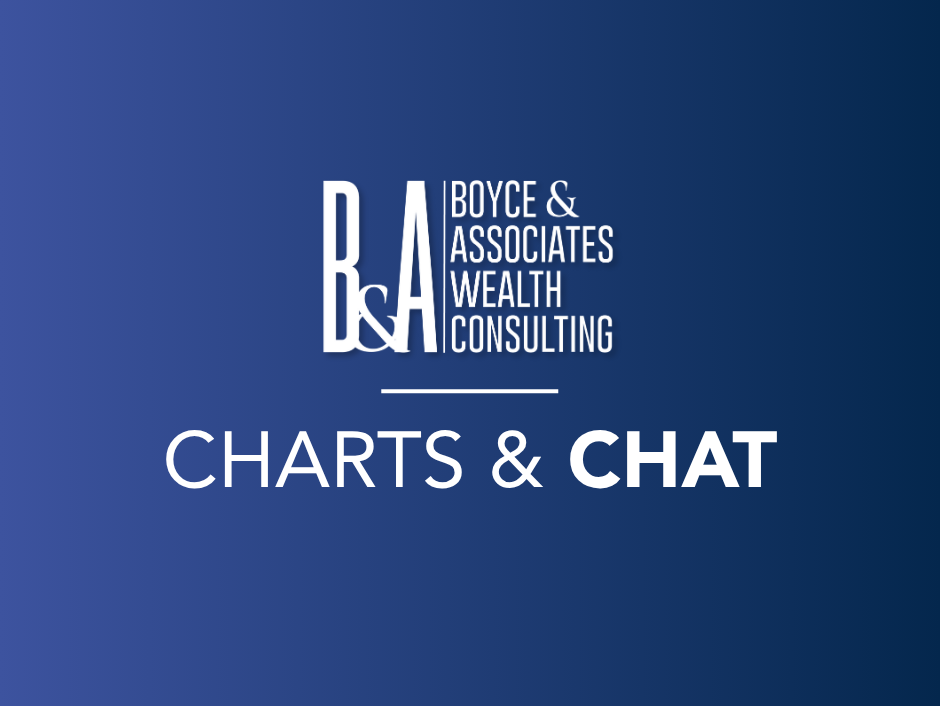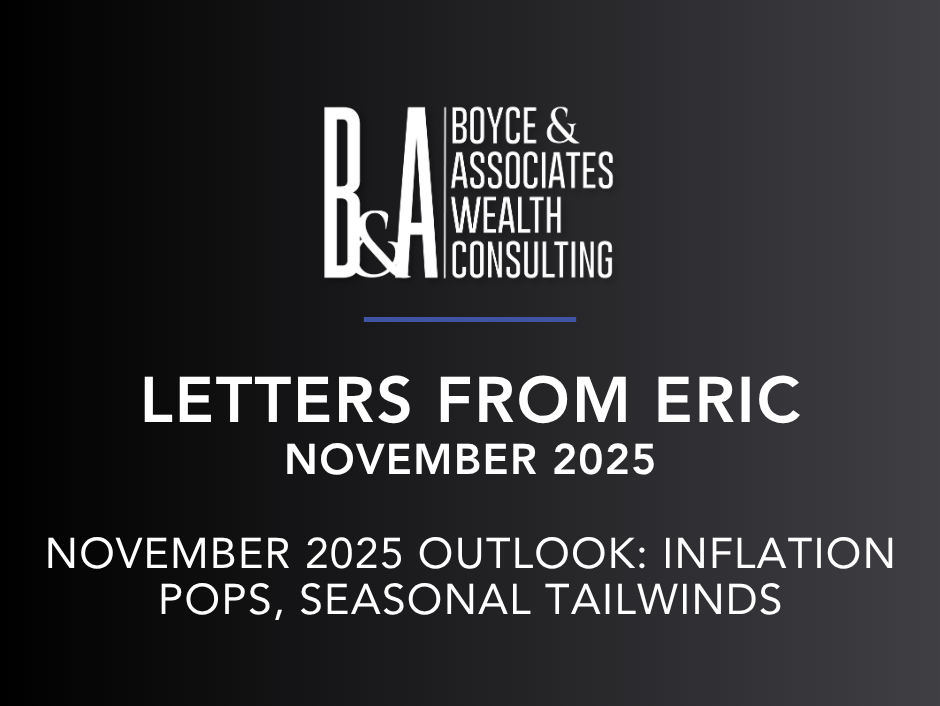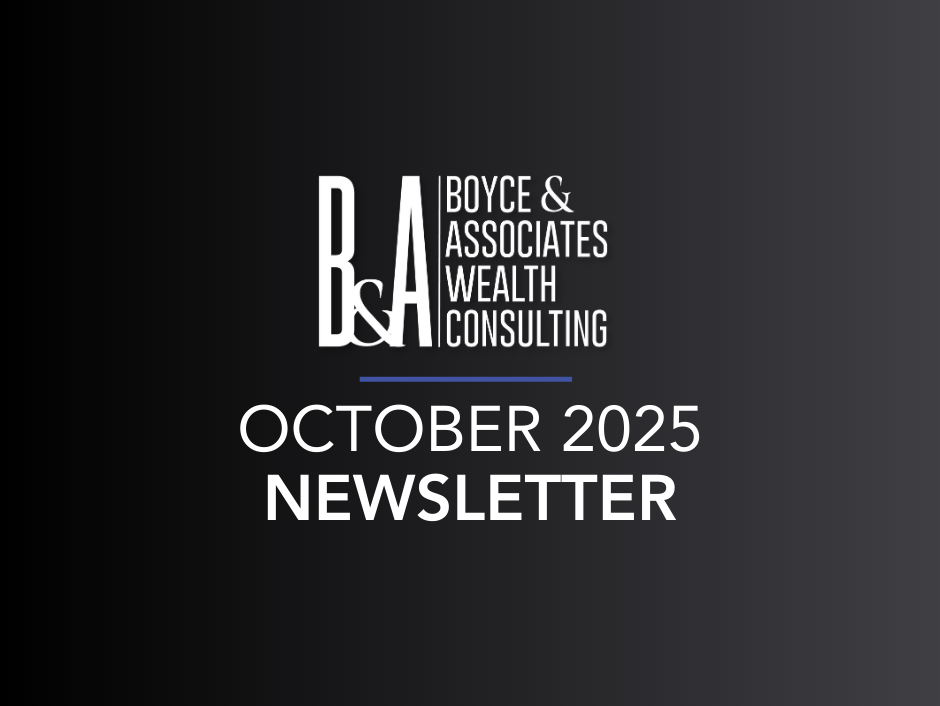How to Diversify Your Portfolio: Strategies Every Investor Should Know
Diversifying your financial portfolio is a foundational strategy in financial planning to help reduce investment risk and support more consistent returns over time. Instead of relying on a single investment type, diversification involves spreading your money across different asset categories that perform differently under various market conditions.
Below is everything you need to know about portfolio diversification. Read on.
What Does a Diversified Portfolio Really Mean?
A diversified portfolio includes a variety of investment types that respond differently to economic changes. The goal is to reduce the impact of any single investment performing poorly.
The principle is often summed up by the saying, “Don’t put all your eggs in one basket.” By spreading investments across different categories lowers the chance that a single event will hurt your entire portfolio.
Diversification can be achieved across several dimensions:
- Asset Classes – Mixing stocks, bonds, real estate, and other investments.
- Sectors – Investing in a range of industries like healthcare, technology, energy, and consumer goods.
- Geographies – Including both domestic and international investments.
- Time Horizons – Balancing short-, medium-, and long-term investment vehicles.
What Assets Are Best for Diversifying a Portfolio?
Choosing the right mix of assets is one of the most important parts of building a diversified portfolio. Below are commonly used asset types that can be combined based on your personal risk tolerance and financial objectives:
- Stocks – Provide growth potential and can include both U.S. and international companies.
- Bonds – Offer more stability and income through interest payments; options include corporate, municipal, and treasury bonds.
- Mutual Funds and ETFs – Allow exposure to many different assets within a single investment product.
- Real Estate – Can provide long-term growth and income through property value appreciation or rental income.
- Cash and Equivalents – Includes CDs (Certificate of Deposit), money market funds, and treasury bills; valued for their liquidity and lower risk.
- Commodities and Precious Metals – Such as gold or oil, often used to hedge against inflation or market declines.
- Cryptocurrencies – High-risk, high-volatility assets that may offer growth and diversification if used cautiously.
What Is a Good Portfolio Mix?
A balanced portfolio mix depends on factors like age, financial goals, and how much risk you’re comfortable taking.
Someone in their 30s, focused on long-term growth, might hold 80% in stocks and 20% in bonds or alternatives. A person closer to retirement may shift toward 40% in stocks and 60% in bonds and income-producing assets.
The mix should include a combination of growth-oriented investments—such as individual stocks, equity mutual funds, or ETFs focused on sectors like technology or healthcare—and income-generating or stability-focused assets. These might include government or corporate bonds, dividend-paying stocks, or real estate investment trusts (REITs).
For example, someone aiming for long-term growth might invest in an S&P 500 index fund for broad equity exposure, while also holding high-yield bonds or dividend-focused ETFs to create a more stable income stream.
Regularly rebalancing your portfolio—say, once or twice a year—ensures that as market values shift, your asset allocation still reflects your original risk tolerance and financial goals.
Portfolio Allocation Strategies
Effective asset allocation helps align your investments with your financial goals and tolerance for risk. This section explores practical models and methods for structuring a balanced portfolio.
What Is The Perfect Portfolio Allocation?
There is no universal answer to what makes a perfect portfolio allocation. However, several approaches offer useful frameworks for tailoring your investments to your goals and comfort with risk.
One of the most widely used is the age-based model, such as the 60/40 rule, which suggests allocating 60% of your portfolio to stocks and 40% to bonds. As investors get older and seek more stability, they often reduce stock exposure and increase holdings in fixed-income assets.
Another approach is risk-based allocation, where investments are chosen based on how much market volatility you can tolerate. For example, a more conservative investor might favor a heavier bond weighting, while an aggressive investor might tilt toward equities and alternatives.
Modern Portfolio Theory (MPT) further refines this process by focusing on how investments interact. It recommends building a portfolio that maximizes expected returns for a given level of risk, based on how asset prices move in relation to one another.
Liquidity and Fund Selection in Diversification
Liquidity plays a critical role in how quickly you can access your money when needed. Understanding which funds to choose and how many to hold can improve flexibility without sacrificing performance.
What Is A Highly Liquid Investment?
Liquidity refers to how quickly and easily an asset can be converted into cash without losing value. Highly liquid investments include:
- Cash and checking accounts
- Savings accounts
- Money market funds
- Short-term government bonds
- Exchange-traded funds (ETFs)
These assets are commonly used in portfolios to maintain flexibility, cover short-term needs, or act as a financial cushion during market declines.
How Many Funds Should Be In A Diversified Portfolio?
While there’s no hard rule, holding between 5 to 10 funds can be a good starting point for most investors. This range allows for exposure to different asset classes and markets without becoming overly complex.
Too many overlapping funds can lead to over-diversification, sometimes called "diworsification." This can dilute potential returns and make it difficult to manage the portfolio effectively. Instead, focus on including funds that complement rather than duplicate each other.
Popular Investment Rules for Portfolio Diversification
Several well-known rules of thumb can help guide your decisions on returns, risk, and fund concentration. These rules aren’t foolproof, but they offer helpful frameworks for evaluating your strategy.
What is the 10-5-3 rule of investment?
This rule provides a simple set of expectations for long-term average returns:
- 10% return from stocks
- 5% return from bonds
- 3% return from cash or cash equivalents
While these numbers aren’t guaranteed, they offer a guideline for planning and setting realistic performance expectations.
What is the 75-5-10 rule for diversified funds?
Often applied in fund classification, this rule refers to certain mutual fund requirements:
- 75% of assets must be invested in securities
- 5% is the maximum investment in any one issuer
- 10% is the maximum ownership of voting securities in any one company
Though rooted in regulation, this rule also supports sound diversification by limiting concentration in individual investments.
What is the 3-5-7 rule of investing?
This guideline outlines typical risk-adjusted returns:
- 3% for cash and equivalents
- 5% for bonds
- 7% for stocks
It can be used to set return expectations and evaluate whether a portfolio’s asset mix aligns with your risk tolerance and time horizon.
What is the 5% portfolio rule?
This rule advises that no single investment should make up more than 5% of your total portfolio. It’s a way to manage risk and prevent one poorly performing asset from having an outsized impact on your overall returns.
Indexing and Stock Concentration
Index funds and individual stocks are both key components of a diversified portfolio. This section covers how much index exposure is appropriate and how many stocks provide sufficient diversification.
How Much Of My Portfolio Should Be In The S&P 500?
Broad-market exposure through an index fund tracking the S&P 500 is a common starting point for many investors. It provides immediate diversification across large-cap U.S. companies and reflects overall market performance.
Depending on your financial goals and risk tolerance, allocating 20% to 40% of your portfolio to a broad-market ETF or mutual fund tied to the S&P 500 is a typical range.
Younger investors with longer time horizons might lean toward the higher end, while more conservative or older investors may aim lower, incorporating more fixed-income assets or international exposure.
How Many Stocks Is Too Many?
When building a portfolio of individual stocks, owning 20 to 30 different companies across multiple sectors is often enough to reduce unsystematic risk without becoming difficult to manage. Going beyond 30 stocks generally leads to diminishing diversification benefits.
More isn’t always better—holding too many similar stocks can replicate sector-specific risks and make the portfolio harder to track and rebalance. The key is to maintain variety without unnecessary complexity.
Famous Investors and Diversification
Looking at how high-profile investors approach diversification offers valuable insight. Their strategies reveal the balance between focus and risk management in portfolio construction.
Does Warren Buffett diversify his portfolio?
Warren Buffett has often spoken against over-diversification, especially for those who deeply understand what they’re investing in. His approach tends to favor concentrated positions in companies he believes are undervalued and have long-term competitive advantages.
That said, his holding company, Berkshire Hathaway, owns a range of businesses across multiple industries, which offers indirect diversification even if the equity investments are more focused.
Why did Bill Gates diversify his portfolio?
After stepping away from day-to-day operations at Microsoft, Bill Gates shifted his investments across different sectors like healthcare, agriculture, and clean energy.
Through his investment firm, Cascade Management LLC, he has taken significant stakes in companies like Republic Services (waste management), Deere & Co. (agricultural machinery), and Canadian National Railway (transportation and infrastructure). Gates has also invested heavily in TerraPower, a nuclear innovation company he co-founded, and Breakthrough Energy Ventures, which backs clean energy startups.
In real estate, his portfolio includes large farmland holdings, making him among the largest private owners of farmland in the United States.
Retirement Focus – How to Diversify a 401(k)
Retirement accounts require a strategic blend of growth and stability over time. Learn how to build a diversified 401(k) using available fund options and rebalancing techniques.
How should I diversify my 401(k)?
A 401(k) plan offers various options to build a diversified retirement portfolio. For simplicity and long-term balance, many investors choose target-date funds (TDF), which automatically adjust asset allocation as you approach retirement age.
For those managing their own allocations, combining index funds, bond funds, and international options can provide broad coverage. It's also important to avoid overconcentration in company stock, especially if your employer offers it as a 401(k) investment choice.
To keep your allocation aligned with your goals, consider rebalancing quarterly or at least once a year. This process involves reviewing your asset mix and making small adjustments to stay on track.
Protect Your Investment And Financial Future Today
Building a diversified financial portfolio is a foundational step in managing risk and achieving long-term growth.
The right mix will depend on your individual financial situation, investment timeline, and comfort with risk. Regularly reviewing and adjusting your portfolio ensures that it continues to support your evolving objectives.
If you’re uncertain about your next financial move, consider speaking with a professional. Schedule a consultation with Boyce & Associates Wealth Consulting to gain clarity and direction. Whether you're planning for retirement, rebalancing your investments, or just getting started, professional guidance can make all the difference.
Book a consultation today to take the next step toward a stronger financial future.
FAQs
What’s the difference between diversification and asset allocation?
Diversification refers to spreading your investments across various securities to manage risk. Asset allocation is the strategy of deciding what percentage of your portfolio goes into each asset class, such as stocks, bonds, and cash, based on your goals and risk tolerance.
How often should I rebalance my portfolio?
Rebalancing is typically done once or twice a year, but it may also be necessary when any asset class drifts more than 5–10% from its target allocation. This helps maintain your desired risk level and investment strategy over time.
Can diversification eliminate all investment risk?
Diversification can reduce unsystematic risk—risks specific to individual assets—but it cannot eliminate market-wide or systematic risk. While it helps manage volatility, some risk will always be present in investing.
Is international diversification still recommended?
Yes, including international assets can reduce exposure to region-specific downturns and offer access to global growth opportunities, maybe even more so during periods of trade tension. When the current administration imposed tariffs on imports from China. Certain US sectors like manufacturing and agriculture faced increased costs and retaliatory tariffs.
By holding international assets, investors could reduce their exposure to the U.S.-specific policy risks and benefit from growth in markets less affected by those tariffs. Diversifying globally helps cushion the impact of protectionist policies and ensures you're not overly reliant on one country’s economic performance or political climate.
How can I measure the effectiveness of my diversification strategy?
You can evaluate your diversification strategy using principles from Modern Portfolio Theory (MPT), which emphasizes building a portfolio that maximizes expected return for a given level of risk. MPT suggests that combining assets with low or negative correlation—like stocks and bonds, or domestic and international equities—can reduce overall portfolio volatility without sacrificing returns.
To assess effectiveness, look at your portfolio’s efficient frontier: are you getting the best possible return for the amount of risk you’re taking? Tools like the
Sharpe ratio help measure this by comparing your portfolio’s excess return to its standard deviation. If your portfolio sits close to or on the efficient frontier, that’s a strong indicator your diversification is optimized.










